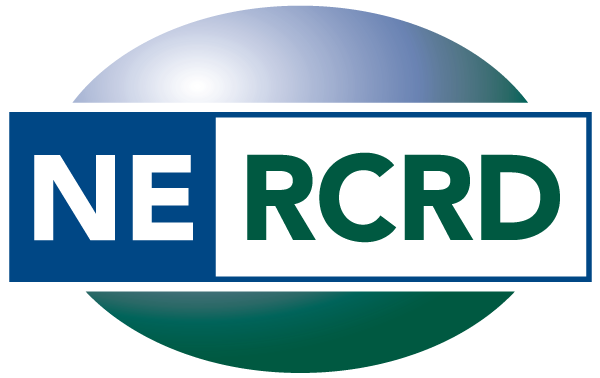The interactive effects of human capital and quality of life on economic growth
To bridge the gap in the quality of life (QOL) and economic growth literature and understand the reinforcing effects of QOL and human capital on economic development, we examine the interactive effects of these two factors on wage growth from 2000 to 2007 at the county level across the United States. First, a Rosen–Roback model is employed to estimate implicit values of amenities including climate, clean air and other natural attributes, which are used to generate QOL indices. Second, QOL, human capital represented by the share of college graduates, and their interaction serve as key variables in the wage growth model. An instrumental variable approach and location fixed effects are used to address endogeneity of human capital and control for location-specific unobservable characteristics. Results suggest that human capital and QOL significantly contribute to economic growth and the growth effects are even larger in nonmetropolitan counties. Importantly, we find that the effect of human capital on growth is larger in high-QOL counties and QOL enhances the effect of human capital on growth. Our results provide empirical support for community development strategies through providing utility-enhancing amenities that improve QOL and retain human capital.
Authors: Qin Fan, Stephan J. Goetz, Jiaochen Liang
Publication: Applied Economics Date Published: March 19, 2016
